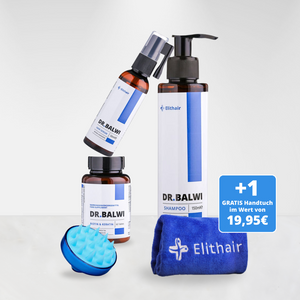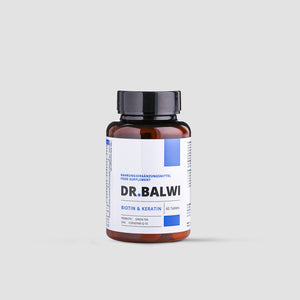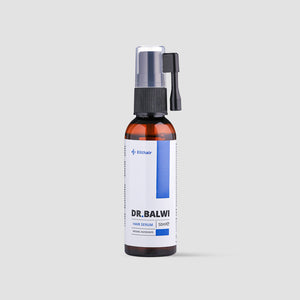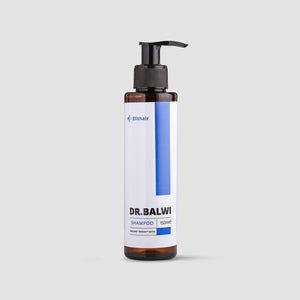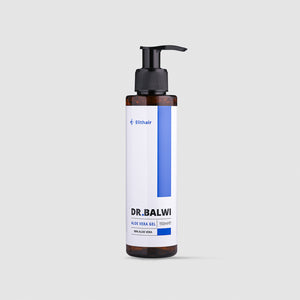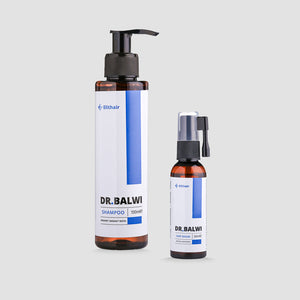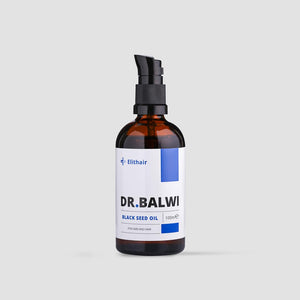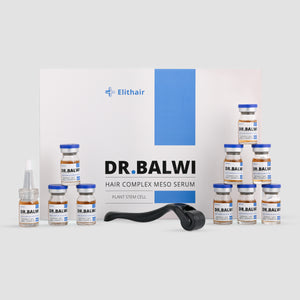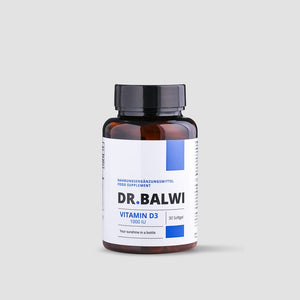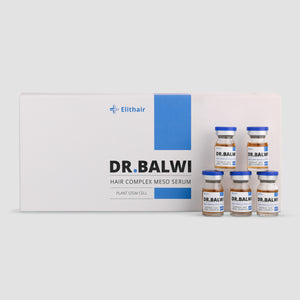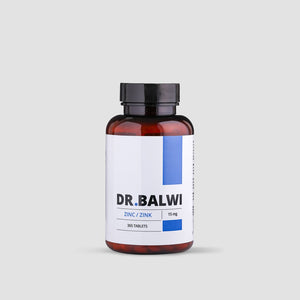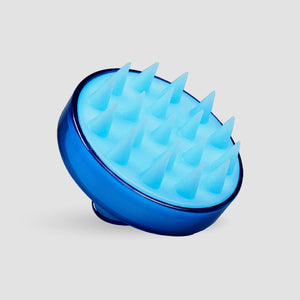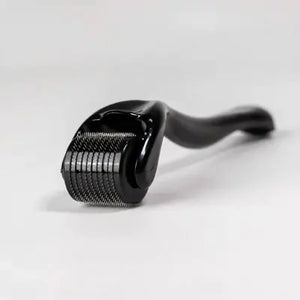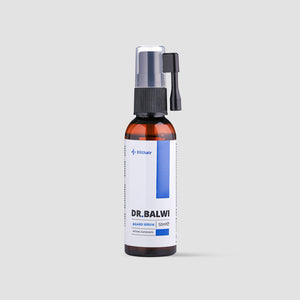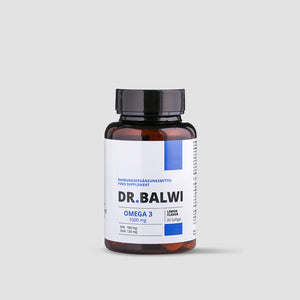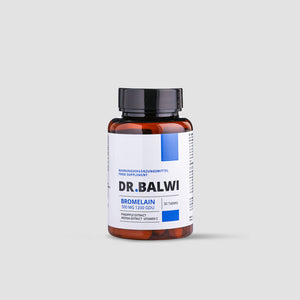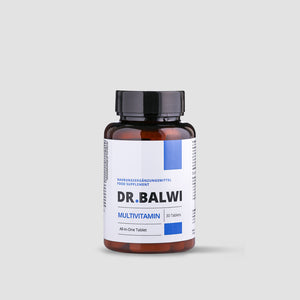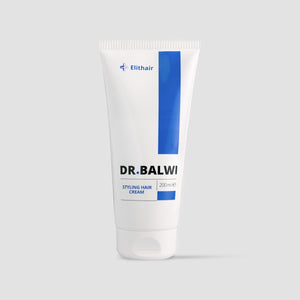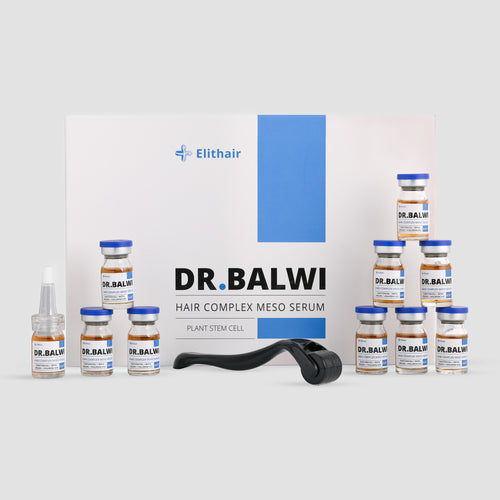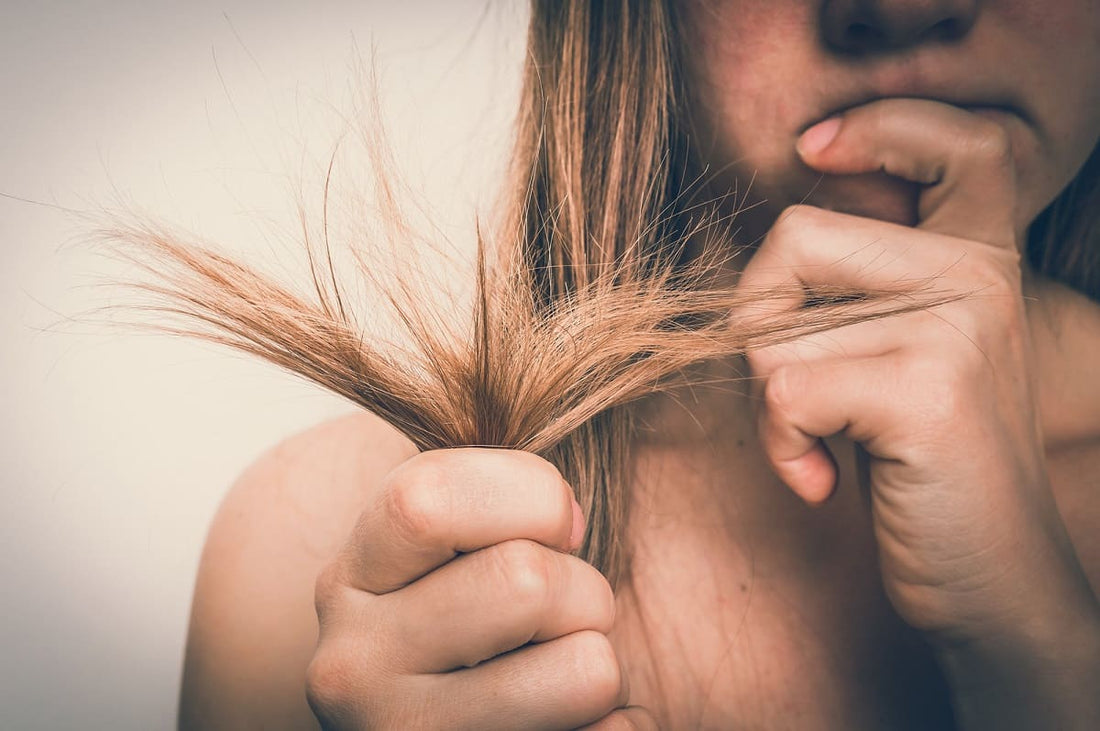
Treat trichorrhexis nodosa in a timely manner
Table of contents
- What is trichorrhexis nodosa?
- What causes the disease?
- How can the disease be treated?
- Cosmetic treatments as an alternative
- Conclusion: Trichorrhexis nodosa can be easily controlled
What is trichorrhexis nodosa ?
Trichorrhexis nodosa is the so-called "hair knot disease." The hair grows unstably from the hair shaft, splits, and can even lead to the formation of white knots. This condition is particularly noticeable in dark hair. These individuals often suffer significantly from the condition, which is why they are more likely to seek medical attention.
However, hair color does not influence the severity of the hair disorder. In most cases, the condition is congenital. However, it can also develop due to an unhealthy lifestyle and poor nutrition.
The disease is characterized by thin, brittle hair . White lumps also form in your scalp, making it difficult to style your hair. Your hair also breaks more frequently.

At its onset, hair knot disease is often confused with dry hair. The ends are colorless and fanned out, resembling a paintbrush. However, clear signs of the anomaly are knots that form along the hair shaft . As the condition progresses, your hair will appear unkempt.
The hair's surface is also rough and dull. This also severely limits the manageability of the hair. Typically, you have to resort to strong styling products to tame your hair. This can further exacerbate the problem, resulting in a vicious cycle.
If the condition only affects your scalp, it's likely not congenital. In this case , external factors could be responsible for hair knot disease . Be sure to examine your lifestyle.
What causes the disease?
As already mentioned, trichorrhexis nodosa can be congenital. The condition is caused by biotinidase deficiency and arginine succinic acid disease , with acute onset occurring in childhood. However, the inherited variant is extremely rare.
Rather, the disease is caused by physical influences . You are particularly at risk if you frequently dye your hair with aggressive products or use heat styling products. In this case, the disease develops over a longer period of time.

If you notice that your hair is becoming increasingly brittle and difficult to style, you should consult a doctor. An accurate diagnosis is essential for successful treatment.
If you don't treat the symptoms, permanent hair loss can occur. This often involves scarring, meaning the hair no longer grows back in the affected areas. It's therefore important to act promptly.
How can the disease be treated?
There are various methods available today to treat trichorrhexis nodosa. The one you choose depends on the cause and type of hair loss.
If the problem was caused by poor hair care, you should take care of your hair . Therefore, avoid dyeing it. Under no circumstances should you straighten your hair or use a curling iron. The intense heat will further damage your hair. Give your hair a break for at least a month.

You can accelerate hair regeneration by using a high-quality hair care product . Specifically, this means a product rich in minerals and vitamins. This provides your hair with essential nutrients from the outside.
Use a shampoo that contains ingredients like green tea extract and barley grass , which promote hair growth and repair damaged hair.
However, you shouldn't expect immediate results when using the product. While your hair will feel smoother after the first wash, you'll need to use the product regularly and over a longer period of time to see lasting improvement.
Cosmetic treatments as an alternative
If you've already developed bald patches as a result of the condition, you should consider a professional hair transplant . However, you must ensure that you have the condition under control beforehand. Otherwise, you'll experience recurring hair loss.
For the treatment to be successful, you need to have enough hair on the back of your head. It's therefore important that you seek treatment early.

Another option for filling bald areas is nano hair pigmentation . It has the advantage of being non-surgical and can be used for any type of baldness.
So even if you only have a few hairs left on your head, it's possible to simulate a short hairstyle with pigmentation. To do this, the expert uses color pigments, which he or she applies under the scalp using a special device.
Which of the mentioned options you choose depends on your wishes and your individual hair situation .
Conclusion: Trichorrhexis nodosa can be easily controlled
If trichorrhexis nodosa isn't congenital, you can easily get the condition under control today. It's important to identify the cause and take the appropriate steps promptly. In most cases, trichorrhexis nodosa is caused by overly aggressive hair care.
For treatment success, it's essential that you take care of your hair after the diagnosis . Avoid dyeing or straightening your hair. It's also recommended that you use nutrient-rich shampoos and conditioners. This will strengthen your hair from the outside.
To achieve a lasting effect, long-term use is required. This ensures that your hair will soon shine again.
